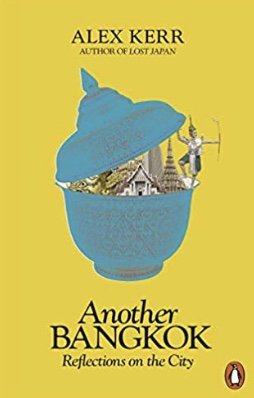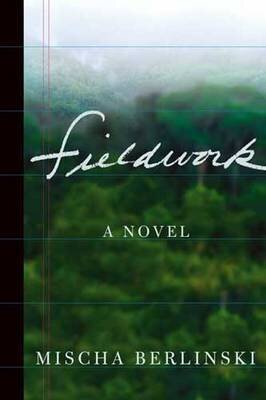The Dragon's Pearl by Sirin Phathanothai (Simon & Schuster)
In 1956, as the Cold War took on lethal proportions, Thai politician Sang Phathanothai sent two of his children to China. This was a clandestine and potentially dangerous move for everyone concerned, one that was inspired by the ancient custom of tribute paid by one nation to a greater power. Phathanothai saw the Korean War as a Chinese victory against the United States and although Thailand had fought as a US ally in that war, he felt it was essential to establish ties with the People’s Republic. In the sort of byzantine politics that Thailand specializes in, he convinced Thailand’s prime minister that if by giving his children to China under extreme secrecy, an act that would go against US interests if it were ever disclosed, he would create an indissoluble bridge between the two countries.
When they leave for China, Warnwai is a twelve-year-old boy and his sister Sirin is only eight. Wai is old enough to carry the responsibility that he takes on when he is designated as a representative of Thailand’s Prime Minister, a task that gives him a connection to his homeland and fosters his ability to keep careful records of his meetings with Chinese officials. Sirin, an indulged and pretty little girl, has no such weight placed upon her. For her this is a bizarre vacation in a country where she has no maids to wait upon her and where the house they were to live in compares sadly with their Thai home that had twenty rooms on three floors and four gardeners to tend a profusion of orchids.
The two children are placed under the guardianship of Zhou Enlai, China’s premier who’s second only to Mao Zedong, a decision that Wai understands and records as fully as he’s able in careful notes and a daily journal. Sirin quickly succumbs to Zhou’s legendary charm and swiftly begins to think of him and his wife as her new parents. Equally delightful and much more accessible is Liao Chengzhi, a high-ranking official whose father was American-born and who has an informality that brightens Sirin’s new life.
Although she lacks the diplomatic skills that her brother had been schooled in, Sirin learned early in life that to gain the attention she wanted, she needed to be attentive as well as beguiling. By the time she went to China, she had absorbed a rudimentary political understanding that she brings to bear in conversations with Zhou and Liao. But while Wai absorbs these conversations as an observer, Sirin takes them to heart. The advice she receives from her Chinese “fathers” lets her adjust to the sacrifices of The Great Leap Forward and the precursor to the Cultural Revolution that flourishes briefly in 1957. When she learns that her father has been arrested in Thailand, she clings even more tightly to the relationships she’s forged with the men who are now her protectors.
Their Chinese lives aren’t easy to relinquish because of the secretive nature that has pervaded them from the beginning. in 1967 Mao’s wife Jiang Ching begins to strengthen her power by nurturing the seeds of the Cultural Revolution. Her Red Guards ransack Liao’s home and issue thinly veiled threats against Zhao. It’s the wrong time for Sang Phathanothai to come to China at last, bearing a conciliatory message from the US government. His children know the danger this action carries. Their father does not. When he makes the message public and then departs, he leaves Wai and Surin unprotected, their contact with Zhou Enlai cut off.
Wai defends his father and is expelled from China. Surin, alone and defenseless, says “Wai’s world was not disintegrating. Mine was.” Officials tell her “You have to choose your own destiny. Denounce your brother.”
To survive in a country that is going mad, Surin publicly denounces her family on a radio broadcast, an action that does little to soften her life in the years to come. Her life is caught in the insanity of the Cultural Revolution, where her brains and charm just barely keep her safe.
Her story is a devastating account of a time that China has done its best to erase from its history, an era that has inescapably shaped Surin’s life. Despite an escape that is close to miraculous, she has never been able to leave China completely, a country that is more her home than the one she was born in. The Dragon’s Pearl, told with the acumen and objectivity that kept her alive in a perilous time, is a balanced look at a country few understand and many fear.~Janet Brown



















